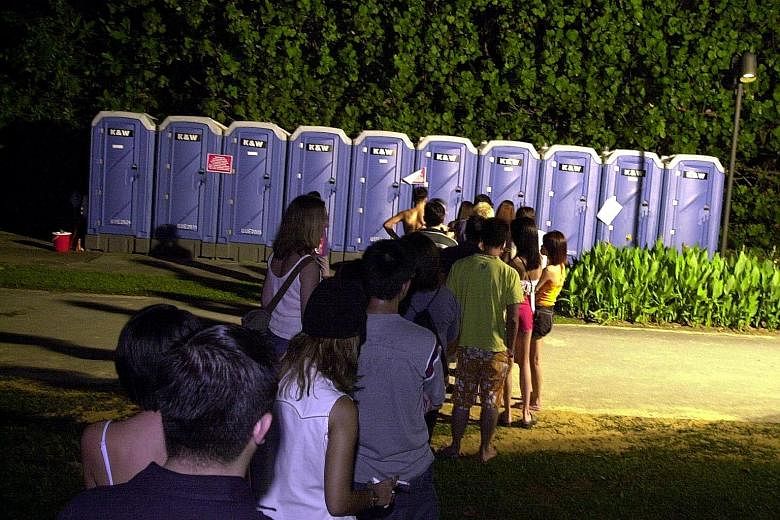Q I just turned 45. Since the birth of my second child, I have adopted an active lifestyle and watched what I eat to keep my weight down.
I travel a lot for work. About a year ago, I noticed that whenever I coughed or sneezed, I would leak urine. It can be embarrassing, especially when I have to attend meetings with soiled underwear.
I also noticed a leak when I jog. It is worse when my bladder is full.
I thought that drinking less water would help. Instead, I contracted urinary tract infection and my urologist said I should drink more water. Doesn't urinary incontinence happen when one is older? Why do I have it at my age and is there any cure?
A Urinary incontinence refers to the inability to control urine. It is commonly called urine leakage.
The problem is more common in women than in men and its incidence is under-reported. Up to 40 per cent of women worldwide are affected by the condition.
The key to managing urinary incontinence is to recognise there are several types.
The most common type is stress incontinence, in which urine is leaked through weakened pelvic floor muscle. Such leakage can occur during everyday activities, such as sneezing and exercising.
Another common type is urge incontinence, which is due to overactive bladder muscles forcing the urine through normal pelvic floor muscle.
There are rarer types such as overflow incontinence, which is caused by weak bladder muscles or nerve injuries, and functional incontinence, which is linked to dementia. An accurate diagnosis of the type of urinary incontinence is of paramount importance in prescribing effective treatment.
Stress incontinence is usually due to the stretching and weakening of pelvic muscles during childbirth and the weakness is made worse by changes during menopause.
Treatment options for stress incontinence include:
•Pelvic floor exercises
This is the first-line treatment for mild and moderate stress incontinence as it does not have any side effects. However, results can be maintained only with continual exercise.
•Vaginal pessary
A plastic ring is inserted into the vagina to correct the position of the bladder neck (junction of the bladder and urethra). It is relatively free of side effects, but does require frequent visits to the doctor's clinic for a change of the pessary.
•Bulking agent injections
These contain collagen and carbon spheres. They can be injected into the lining of the urethra to increase resistance to urine flow. However, the result may be unpredictable, and occasional serious complications and allergies may occur.
•Surgery
This aims to support the pelvic floor and correct the position of the urethra and bladder neck. It is the mainstay treatment for serious stress incontinence.
Urge incontinence is usually due to damage to the lining, muscle or the nerves to the bladder. It may be triggered by events such as urinary infection or bladder stones.
Bladder training and medication to decrease bladder sensitivity can help to treat urge incontinence. Surgery is rarely used to treat it.
For overflow and functional incontinence, the treatment is complex and will require joint management by gynaecologists, urologists and doctors from the relevant disciplines.
The management of urinary incontinence has advanced in leaps and bounds over the years, and there is treatment available for most situations.
DR CHEN LIN HAN
Obstetrician and gynaecologist at the Specialist Women's Clinic@ Mount Alvernia
Brought to you by


